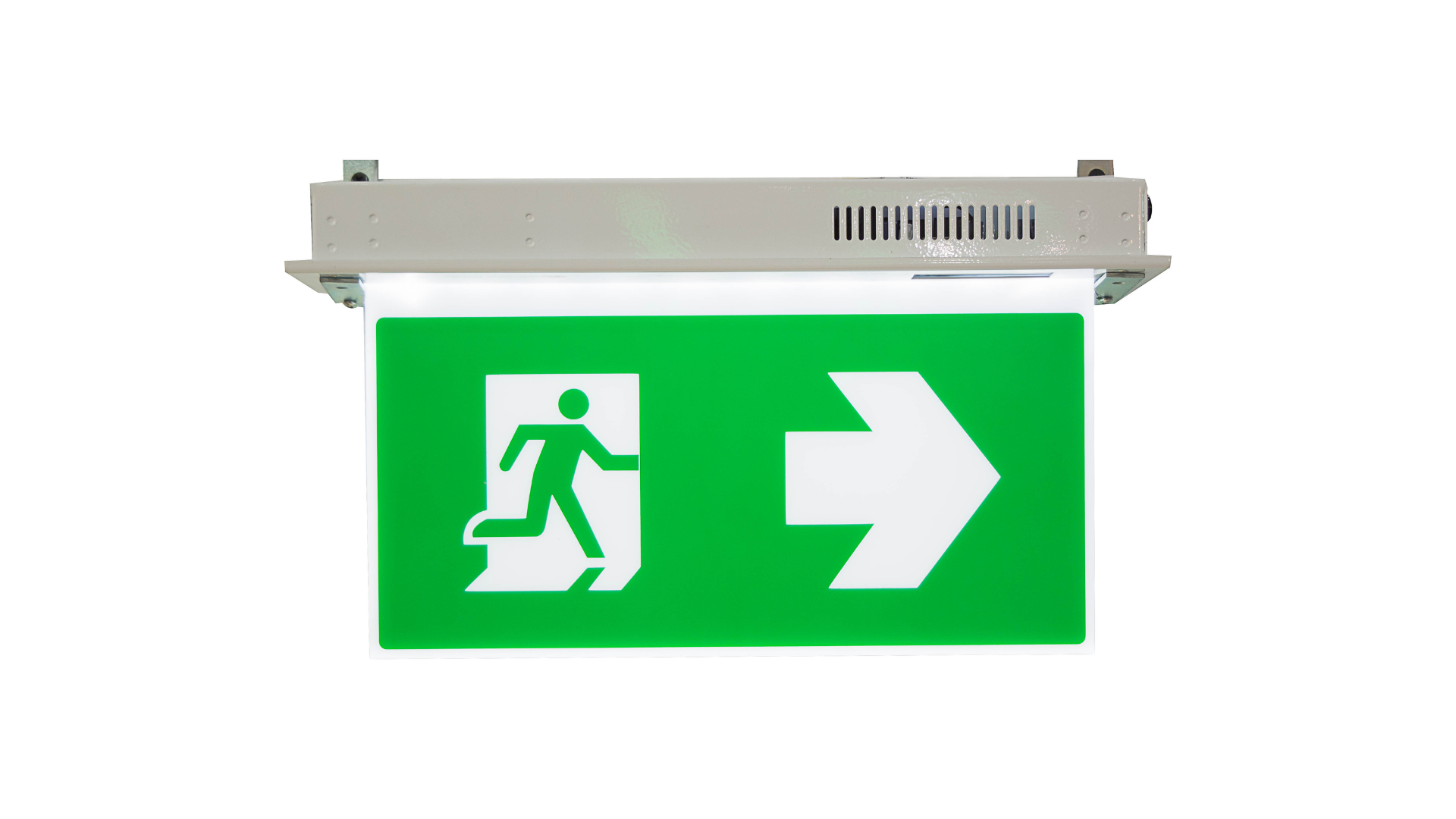Ever wondered why some SaaS companies have customers sticking around like it’s a blockbuster movie sequel while others grapple with a churn rate resembling a poorly received box office premiere? As a growing business in the SaaS landscape, sometimes navigating the waters of customer churn can pose a cinematic challenge for revenue operations (RevOps) leaders and decision-makers. Picture this: each subscription cancellation becomes a potential plot twist, shaping the narrative of a SaaS company’s growth and revenue trajectory. Okay, so we didn’t paint that picture in the most settling hues, but whether you get excited or uneasy about the thought of how your company’s churn rate measures up against industry standards, it’s important to note that average benchmark churn rates may vary depending on who you talk to.
Factors such as company size, industry-specific pricing, and inconsistent data—since not all companies disclose their metrics publicly—contribute to the perpetually evolving inquiry into determining a “good churn rate” for a given industry. In the realm of business, there’s always room for that opportunity to improve. Churn rates are realistically inevitable. However, it holds true that the higher the churn rate, the more you’ll find yourself bracing for less-than-stellar “movie reviews”. After all, in the world of SaaS, where word of mouth reigns supreme, your blockbuster flick can quickly shift from a hit to a bust if the wrong customer decides to leave and tell everyone about it. According to most research, “too high” can be anything over the 8-10% range. There are ways, however, to decrease the likelihood of company churn getting too high.
While we may not explicitly divulge the specific numerical benchmarks for churn rates in this article, our focus lies in providing strategies to effectively manage and mitigate churn. Our goal is to empower business leaders to maintain control over churn rates, preventing them from skyrocketing to undesirable levels.
So, how do we keep our audience captivated and in their seats until the blockbuster hit is over
Understanding the Impact of Churn on SaaS Companies
High churn rates not only impede revenue growth but also erode the lifetime value of customers, making it increasingly challenging for SaaS businesses to achieve sustainable profitability. As such, RevOps leaders play a pivotal role in identifying, implementing, and optimizing strategies to reduce churn and foster long-term customer or client relationships. Assessing churn can be done at any time, however the most meaningful evaluations are usually done on a monthly basis. However, as your business matures, understanding the impact of your annual churn rate will also be important.
In the initial phases of a business, customer retention tends to be low, however churn delivers immediate feedback, which is unusual among other metrics. This allows companies to collect valuable insights, make essential adjustments to their processes, and witness the immediate impact of these changes. As the business grows and achieves market fit, a deeper understanding of customers emerges, enhancing the capacity to successfully acquire and retain well-matched customers in the subsequent months. Sometimes, the absolute churn rate values aren’t as important as the rate in which they’re changing month-to-month. This is what poses the questions of why customers churn and what will keep them sticking around?

Key Challenges in Customer Retention for SaaS Companies
(Feature) Utilization and Value Perception
Many customers churn because they fail to realize the full value of the SaaS product or service. RevOps leaders need to ensure that customers understand and effectively utilize key features to maximize the perceived value. For service-based customers, understanding the full breadth of expertise, clarity of the project roadmap or expected customer journey, as well as culture, all contribute significantly to the value proposition for consulting companies.
Customer Onboarding and Training
Inadequate onboarding processes contribute to churn. Implementing comprehensive onboarding programs and providing ongoing training can significantly improve customer understanding and satisfaction.
Proactive Customer Support
Responsive and proactive customer support is crucial. RevOps leaders should invest in both effective technologies and proficient team members to facilitate swift issue resolution, ensuring that customers feel consistently supported throughout their journey.
Continuous Improvement
Regularly updating and enhancing the SaaS product based on customer feedback is vital. RevOps leaders should facilitate effective communication channels between product development and customer-facing teams. Moreover, they should champion the integration of regular retrospective exercises into the internal and/or external project roadmap, offering invaluable insights gleaned from past customer experiences. This iterative process ensures a dynamic and ever-improving company landscape, lending to a reduction in customer churn.

More RevOps Strategies for Churn Reduction
Data-Driven and Data-Informed Decision Making
Leverage analytics to identify patterns and factors contributing to churn. Utilize customer data to personalize communication and address specific pain points to get ahead of potential churn.
Cross-Functional Collaboration
Foster collaboration between revenue operations departments–sales, marketing, account management and customer success teams. Shared goals and aligned strategies enhance the overall customer experience and reduce churn.
Customer Health Monitoring
Implement tools and metrics to monitor customer health. This can include identifying how often the customer is interacting with the tool/service, if they were onboarded sufficiently, and how often they engage with support. Early identification of signs of dissatisfaction allows proactive intervention to prevent churn.
Personalized Engagement
Tailor sales engagement, marketing campaigns and other communication based on customer behaviour and preferences. Know your customer or client and the way they prefer to communicate. This can include lines of communication (email versus Slack), tone (formal versus casual), delivery (detailed versus bullet points), and timeliness (time of the day or day of the week). Personalization enhances customer engagement and loyalty.
Customer Feedback Loops
Establish mechanisms for collecting and analyzing customer feedback. Act on insights to continually improve the product, address customer concerns and ensure the customer is getting the most out of your offering.
Just as we navigate the twists and turns of a gripping movie plot, RevOps leaders in SaaS must tackle the challenge of reducing customer churn for sustained growth and profitability. Adopting a holistic approach that blends data-driven and data-informed insights, cross-functional collaboration, and proactive customer engagement is key to effectively combating churn. By implementing these strategies, SaaS companies can craft and maintain lasting relationships with their customers, paving the way for long-term success in a highly competitive market.
